NFL free agency is ongoing, but with many major signings and trades completed, it’s time to hear from league executives about the moves made by all 32 teams so far.
There’s a lot to cover, from Kirk Cousins leaving Minnesota to the New York Jets’ bold moves, the Green Bay Packers’ significant additions, and what’s next for teams like the San Francisco 49ers and Dallas Cowboys as they navigate potentially complex contract situations.
For each team, we’ve noted the average per-year salary (APY) of players added from other teams and players leaving to sign with other teams, along with the difference between the two. Contract details were gathered from various sources, including Over the Cap, Spotrac, media reports, and league sources. Information for a few smaller contracts is not yet available.
Let’s dive in.
Tracker: Where the top 150 players have landedBest available: Who’s still out there?Grades: Assessing all of the major deals
GO DEEPER
NFL free-agency superlatives: The best and the most puzzling moves so far
APY added: $55.3M (12th) | APY lost: $12.5M (32nd) | APY differential: $42.8M (2nd)
The Cardinals focused on both lines and added cornerback help, with executives praising the $15 million APY for former Bengals tackle Jonah Williams as good value.
“The players they acquired — Bilal Nichols, Justin Jones, Mack Wilson, Jonah Williams — are not superstars, but they are in their mid-20s and have significant starting experience,” one executive said. “Even with Desmond Ridder, you can see the strategy. They had success with Josh Dobbs, and now they add another player like Dobbs in Ridder.”
The average age of the 10 players added by Arizona from other teams is 27.1 years, making them the sixth youngest in the league and the youngest among teams with more than five additions. Wide receiver Marquise “Hollywood” Brown was the highest-valued free agent to sign elsewhere.
“They understand that they are not ready to win the Super Bowl now, so they are not willing to pay someone who will miss the window of opportunity,” the executive added. “Let’s bring in some younger players, pay them mid-tier salaries, and build through the draft.”
APY added: $66.7M (6th) | APY lost: $18.9M (30th) | APY differential: $47.8M (1st)
The Falcons are one of four teams with six consecutive losing seasons. The other three — Broncos, Jets, and Panthers — have already made desperate moves at quarterback. Atlanta signed Kirk Cousins in this context.
Can Cousins bridge the gap between the Falcons’ .394 winning percentage over the past six seasons and the .574 win rate the Vikings had with Cousins?
“Internally, when you are Minnesota and have a quarterback who wins games but not Super Bowls, you want to improve,” an executive said. “Externally, when you are with a team like Atlanta that has not made the playoffs in so long, you think, ‘If only we had a guy like that!’ You think any coach in Atlanta is sitting there saying, ‘This guy won’t help us’? They couldn’t pass the ball last year.”

GO DEEPER
Why the Falcons wanted Kirk Cousins and what the QB means for Raheem Morris’ team
The Falcons entered free agency needing a quarterback, a speed receiver, and a traditional tight end. They acquired all three in Cousins, Darnell Mooney, and Charlie Woerner. Executives, however, cautioned against assuming Atlanta will dominate the NFC South.
“Right now, I would still go with Tampa,” one executive said. “I know Atlanta looks good on the surface, but with a new head coach, there will be a learning curve. The quarterback coming off an Achilles injury, we will see how that goes. It’s a calculated risk, but a risk nonetheless.”
APY added: $14.8M (28th) | APY lost: $58.3M (8th) | APY differential: -$43.5M (32nd)
The Ravens have shown they can overcome personnel losses through smart signings later in the offseason, but this time, they lost more than usual.
“They are now paying a quarterback, so they have to deal with that and they have been converting base salaries to bonuses, so they are taking their medicine,” one executive said.
Patrick Queen, Jadeveon Clowney, Geno Stone, Kevin Zeitler, John Simpson, Ronald Darby, Devin Duvernay, and Gus Edwards all left for deals worth at least $3 million per year.
Will keeping Justin Madubuike and signing Derrick Henry offset all those losses?
“I just love what they have done on offense in the last two years,” another executive said. “Last year, they added offensive coordinator Todd Monken, along with weapons to help Lamar Jackson. Now, it’s like they are correcting it. ‘Hey, we got away from the run against Kansas City in the playoffs, we’re not doing that again. We’re going to run the ball on you with the ultimate finisher, the ultimate playoff guy.’
Typically, signing a 30-year-old running back doesn’t generate as much excitement.
“Tennessee’s offensive line was terrible last season, and he still rushed for over 1,000 yards with a rookie quarterback,” the second executive added. “I love Baltimore, love their chances, and love them with a chip on their shoulder. The fact that Baltimore is tied with the two Super Bowl teams for the highest preseason win total speaks to the respect Baltimore has earned.”
APY added: $23.5M (24th) | APY lost: $62M (7th) | APY differential: -$38.6M (29th)
The Bills underwent their most significant roster overhaul since becoming contenders, parting ways with Gabe Davis, Leonard Floyd, Tre’Davious White, Mitch Morse, and Jordan Poyer, among others. (Update: On Wednesday, the Bills also parted ways with wide receiver Stefon Diggs, trading him to the Texans.)
Thirteen Bills players signed with other teams this offseason, with only Minnesota (15) having more players leave.
“I think they got older, and now they are moving on from some of those older players who have been injured and needed to move on,” an executive said. “The difference between Buffalo and Miami is that Buffalo lost older players who were injured and needed to move on, while Miami lost players in their prime who were performing well.”
The 13 Bills players who landed elsewhere were, on average, a year younger than the eight players who left the Dolphins to sign with other teams. Unlike Miami, Buffalo had already paid their quarterback.
“They are always going to be competing with their quarterback,” one executive said.
APY added: $96.9M (1st) | APY lost: $78.4M (3rd) | APY differential: $19.6M (7th)
It’s clear that free agency has revealed the challenges the Panthers face in attracting and retaining players after years of upheaval. This was evident in the prices paid to acquire guards Robert Hunt and Damien Lewis and the departure of defensive mainstays Brian Burns and Frankie Luvu.
Through all the activity, the Panthers made it clear that their priority was to salvage quarterback Bryce Young before it’s too late, regardless of the cost.
Committing $33.25 million in combined APY to Hunt and Lewis, two guards with zero Pro Bowls, is the opposite of seeking value. But when your young quarterback is struggling, how much is too much to spend on an immediate lifeline?
“I guess you’re hoping to make
Source link










